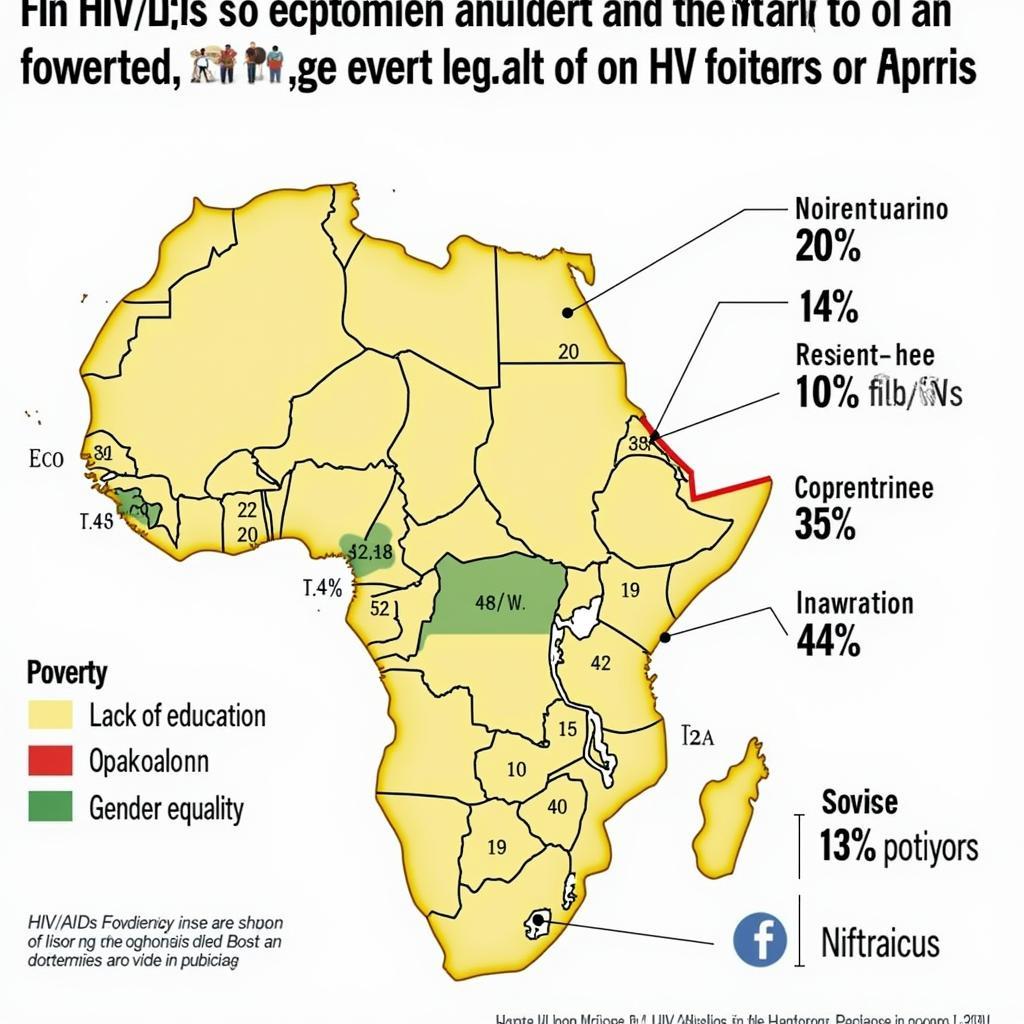The Harsh Reality of African Boy Laborers: A Look at the Challenges and Solutions
The plight of African Boy Laborers is a pressing issue that demands attention and action. These young boys, often forced into exploitative work conditions, face a multitude of challenges that impact their physical, mental, and social well-being. This article delves into the complex realities of African boy laborers, exploring the root causes, consequences, and potential solutions to address this critical issue.
Understanding the Causes of African Boy Labor
Poverty and Lack of Education: Poverty is a significant driving force behind child labor in Africa. Families struggling to make ends meet often resort to sending their children to work, even if it means jeopardizing their education and future opportunities. The lack of affordable and accessible education systems further exacerbates this problem, leaving children with limited choices.
Cultural and Social Norms: In certain African communities, traditional cultural practices and societal norms may contribute to the acceptance of child labor. For example, in some areas, boys may be expected to work alongside their fathers to learn a trade or contribute to the family income.
Exploitation and Trafficking: The exploitation of children for profit, often through trafficking networks, is a major concern in many African countries. Children are lured or coerced into working in dangerous and harmful industries, such as mining, agriculture, and domestic service.
Lack of Law Enforcement and Regulation: Weak legal frameworks and inadequate enforcement mechanisms contribute to the persistence of child labor. The absence of effective labor laws and regulations leaves children vulnerable to exploitation.
The Devastating Consequences of Boy Labor
Physical and Mental Health: Children engaged in labor often experience physical exhaustion, injuries, and exposure to hazardous substances. The long hours and demanding tasks can have serious consequences for their physical development. Moreover, the psychological stress associated with exploitation and forced labor can lead to mental health issues like anxiety, depression, and trauma.
Educational Disadvantage: Child labor steals children’s precious time and resources for education. They are deprived of the opportunity to learn and develop skills necessary for future success. This perpetuates a cycle of poverty and limits their chances of escaping their situation.
Social Marginalization: Boy laborers are often stigmatized and ostracized by society. They are deprived of the opportunity to socialize with their peers and develop social skills essential for integration. This marginalization can lead to isolation and a sense of hopelessness.
Finding Solutions to Combat Child Labor
Empowering Communities: Addressing child labor requires community-based solutions that empower local communities. This involves working with parents, families, and community leaders to raise awareness about the harmful effects of child labor and the importance of education.
Improving Access to Education: Expanding access to quality education is crucial for breaking the cycle of child labor. This includes providing free or affordable schooling, investing in teacher training, and creating safe and welcoming learning environments.
Enforcing Labor Laws: Governments must strengthen legal frameworks to protect children from exploitation and enforce labor laws effectively. This includes establishing mechanisms for monitoring and investigating violations and implementing penalties for perpetrators.
Promoting Economic Opportunities: Addressing poverty is essential for reducing child labor. This involves creating decent work opportunities for adults and promoting economic development in communities where child labor is prevalent.
Strengthening Social Safety Nets: Providing social safety nets, such as cash transfers and food programs, can alleviate poverty and reduce the need for families to send their children to work.
The Importance of Global Collaboration
Global Cooperation: Combating child labor requires a collaborative effort from governments, international organizations, civil society, and the private sector. Sharing best practices, providing financial and technical assistance, and raising global awareness are essential steps towards eliminating this global problem.
Role of Consumers: Consumers play a crucial role in combating child labor by making informed choices about the products they purchase. By choosing products made ethically and sustainably, consumers can incentivize businesses to adopt responsible practices.
Addressing the Challenges
Obstacles to Addressing Child Labor:
Cultural Resistance: Some communities may resist interventions aimed at addressing child labor due to deep-rooted cultural practices or a perception that child labor is a necessity.
Lack of Resources: Many African countries face limited resources and capacity to effectively combat child labor. This includes inadequate infrastructure, funding, and trained personnel.
Corruption: Corruption and lack of accountability can hinder efforts to address child labor by undermining law enforcement and diverting resources.
Overcoming Barriers:
Community Engagement: Involving communities in the design and implementation of interventions is essential for ensuring success. This involves working with local leaders, community groups, and families to gain their support and trust.
Capacity Building: Providing training and resources to local governments, law enforcement agencies, and community organizations can help them develop the skills and expertise needed to address child labor effectively.
Transparency and Accountability: Promoting transparency and accountability in government and business practices can help to prevent corruption and ensure that resources are allocated effectively.
Advocacy and Awareness: Raising awareness about the issue of child labor is crucial for mobilizing public support, influencing policy, and encouraging action.
Conclusion
The plight of African boy laborers is a complex challenge requiring a multi-faceted approach. By addressing poverty, expanding access to education, enforcing labor laws, promoting economic opportunities, and strengthening social safety nets, we can create a brighter future for these children and help them reach their full potential. Global collaboration, community engagement, and a commitment to transparency and accountability are essential for achieving lasting change.
Remember, every child deserves the opportunity to learn, grow, and have a happy and healthy childhood. Let us all work together to protect children from exploitation and ensure that they have the chance to build a better future for themselves and their communities.

